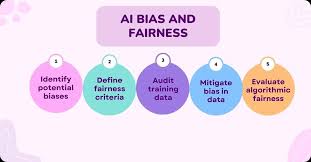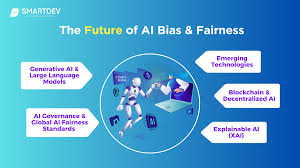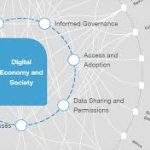Artificial Intelligence (AI) is transforming industries—from healthcare to finance to law enforcement. But as AI systems grow more influential in daily decision-making, concerns over fairness, transparency, and accountability have come to the forefront. Central to these concerns is machine learning bias, a persistent problem that can reinforce and amplify existing societal inequalities. The first and most critical step to solving this issue? Understanding that fairness starts with your data.
What Is Machine Learning Bias?
Machine learning bias occurs when an AI system produces systematically prejudiced results due to erroneous assumptions in the machine learning process. This can stem from a variety of sources: historical inequalities embedded in training data, poorly defined objectives, or even biased human input during labeling.
Consider a recruitment AI trained on data from past successful hires. If that historical data is skewed toward a certain demographic, the model may replicate and reinforce those patterns—disqualifying equally or more qualified candidates from underrepresented groups. This isn’t a flaw in the model itself; it’s a reflection of the bias in the data used to train it.
Why Data Fairness Matters
Data fairness is the concept of ensuring that the data used to train machine learning models is representative, unbiased, and ethically sourced. It plays a foundational role in achieving trustworthy AI systems. When your dataset is skewed—whether by overrepresenting certain groups or omitting others—the algorithm learns those patterns as “normal,” potentially marginalizing entire populations.
To build fair and reliable AI, it’s critical to ask:
Who is represented in my dataset?
Who is missing?
What assumptions are being made in data labeling and collection?
Only by confronting these questions can we begin the process of AI bias mitigation.
Strategies for AI Bias Mitigation
Tackling AI bias isn’t a one-time fix—it requires a multi-layered, systemic approach. Here are key strategies:
- Audit Your Data
Start with a comprehensive audit of your dataset. Analyze representation across key demographic variables and identify potential gaps or overrepresented groups. This enables you to pinpoint and address areas of imbalance early in the development cycle. - Use Fairness-Aware Algorithms
Recent advances in AI research have led to fairness-aware machine learning algorithms. These models are designed to minimize disparities in outcomes between different demographic groups. Some tools even allow for constraints that enforce fairness during model training. - Involve Diverse Stakeholders
Bias often stems from a narrow worldview. Involving people from diverse backgrounds—both technical and non-technical—in the design, development, and deployment phases of AI systems helps expose blind spots and ensures broader perspectives are considered. - Continuous Monitoring
AI systems operate in dynamic environments, so fairness isn’t a set-it-and-forget-it metric. Continuous monitoring is essential to ensure your model doesn’t drift into biased behavior over time.
Real-World Implications
The impact of machine learning bias can be profound and far-reaching. Biased facial recognition systems have been shown to misidentify people of color at disproportionately high rates. In criminal justice, predictive policing tools have sometimes led to over-surveillance in historically marginalized communities. And in healthcare, biased algorithms have resulted in unequal treatment recommendations across patient demographics.
These examples underscore the critical need for data fairness and ongoing AI bias mitigation throughout the entire lifecycle of an AI system.
Conclusion: Fairness Begins at the Source
Building equitable AI systems isn’t just about tweaking algorithms—it begins with the data. If your data reflects inequality, so will your AI. That’s why fairness starts with your data. Through careful auditing, inclusive design, and responsible monitoring, we can move toward AI systems that serve everyone—not just the majority.
The future of AI is promising, but only if it’s fair. And fairness, as it turns out, is not just a feature—it’s a foundation.







